Marathon season is in full swing, and avid runners are preparing to push their boundaries and aim for the coveted finish line. But amidst the excitement, it’s crucial to confront a stark reality: a substantial number of runners fail to complete their marathon journey due to injuries. Shockingly, a staggering 21% of dedicated runners fall short of realizing their marathon dreams. Knee injuries rank high among the culprits, and we’re here to provide you with a guide on how to steer clear of this unfortunate statistic so you can continue surviving marathon season!
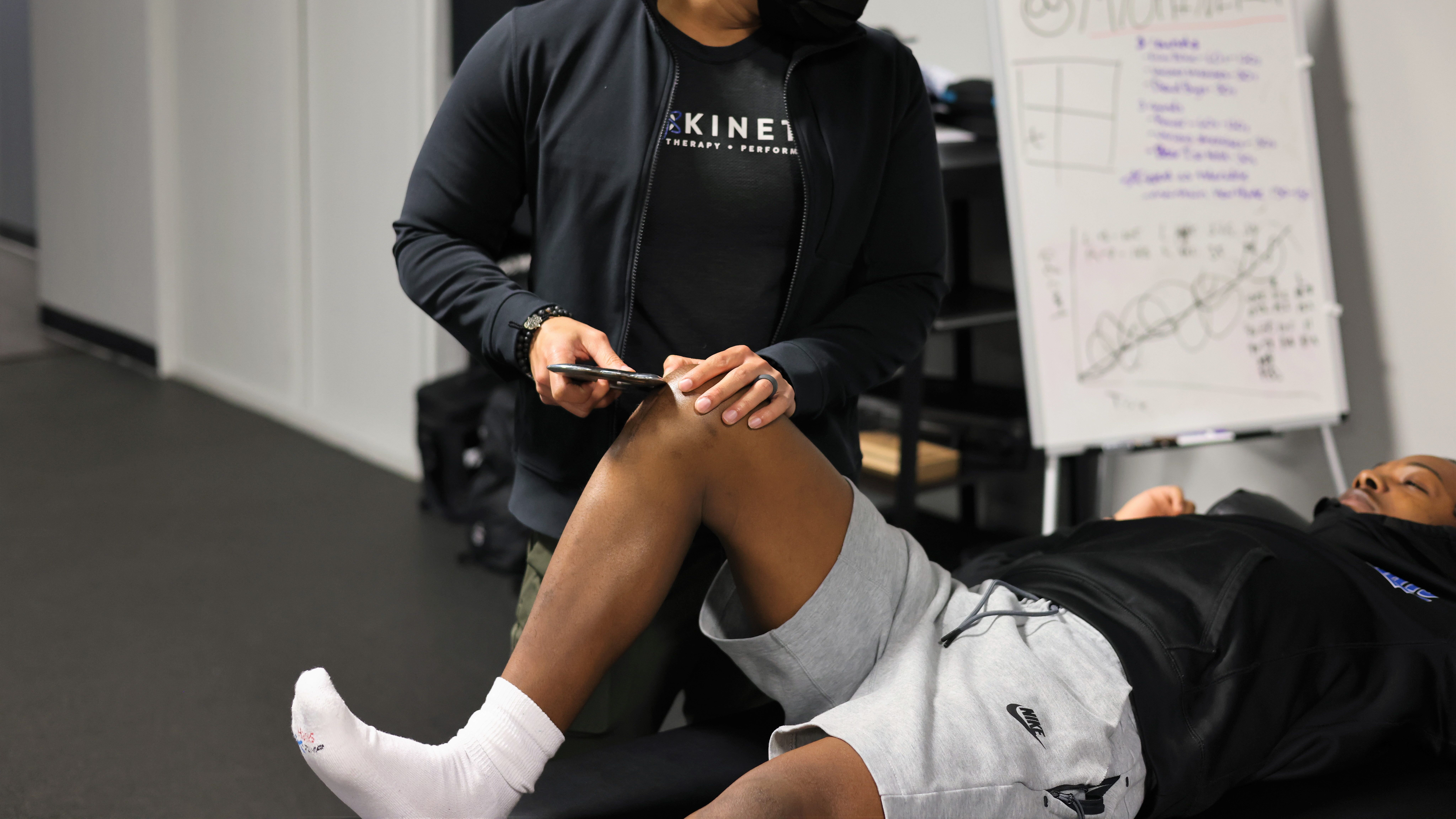
The Significance of Post-Training Stretches
As any seasoned runner knows, maintaining flexible and robust lower limbs is the cornerstone of injury prevention. Here are some valuable stretches to help safeguard your knees and ensure peak performance during marathon season.
1. Calf Stretch
Your calves and Achilles tendons are pivotal in your running stride. Tight calves can lead to ankle issues and a reduction in push-off power. To effectively stretch your calves:
- Position yourself facing a wall.
- Turn your heel slightly outward (approximately 45 degrees).
- Lean forward, keeping your heel firmly on the ground.
- Maintain this stretch for 30 seconds, repeating it five to six times.
Regularly incorporating calf stretches into your regimen will uphold flexibility and help ward off cramps during your runs.
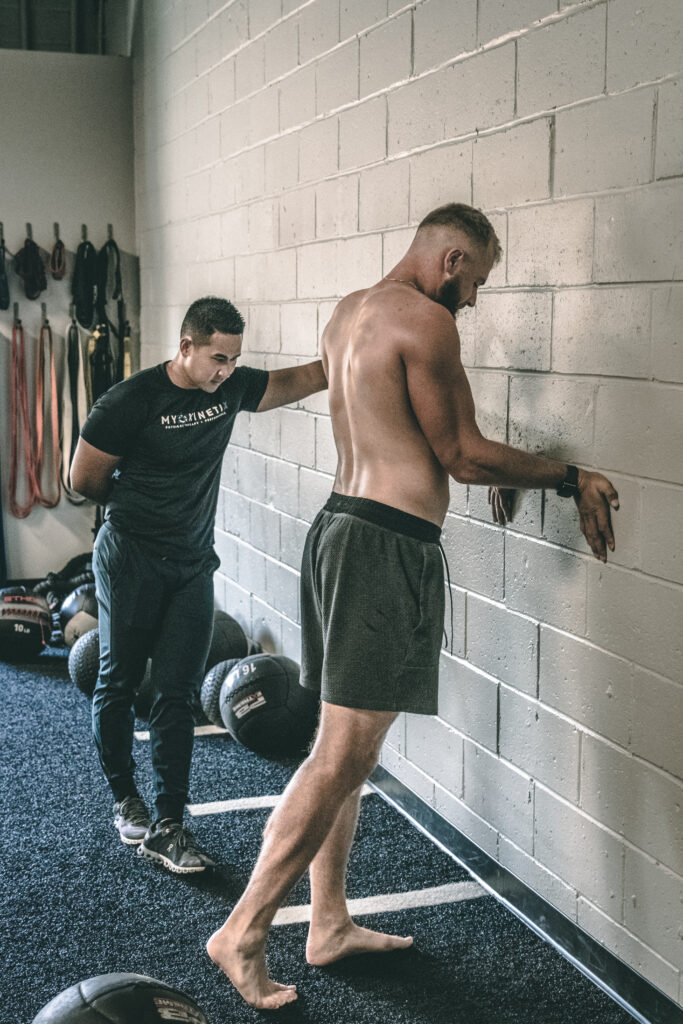
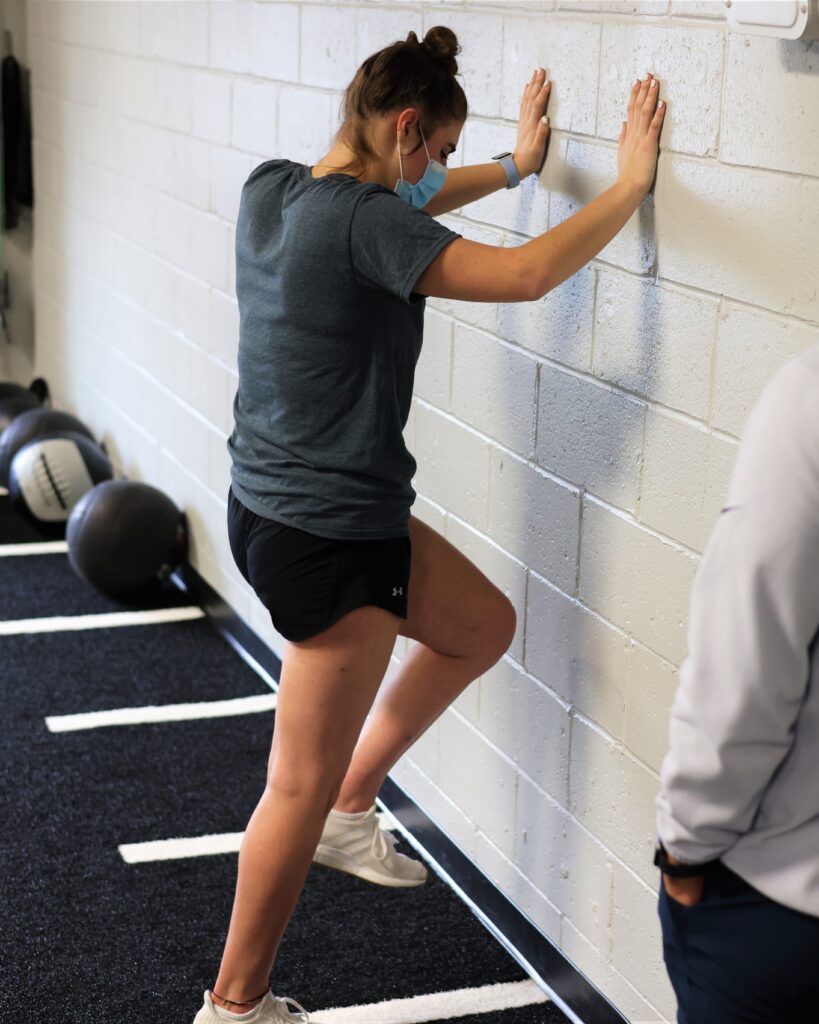
2. Soleus Stretch
The soleus muscle, situated behind the calf, acts as a stabilizer for your knees and ankles. A tight soleus can contribute to knee discomfort. To stretch it effectively:
- Slightly bend your knee.
- Turn your foot outward.
- Lean forward to experience a deeper stretch.
- Sustain this stretch for 30 seconds, repeating it five to six times.
Stretching your soleus plays a significant role in preserving the stability of your knees and ankles.
3. Quadriceps Stretch
Anterior knee pain, characterized by discomfort in the front of the knee, is a common woe for runners. These stretches can help alleviate the pain and enhance your running efficiency:
- Kneel down with the option of using a pillow for added comfort.
- Engage your glutes.
- Lean back to feel the stretch in your quadriceps.
- Hold for 10 seconds, repeating as tolerated.
By targeting your quadriceps, you’ll effectively reduce tension in the front of your knees and hips, ultimately improving your running stride.
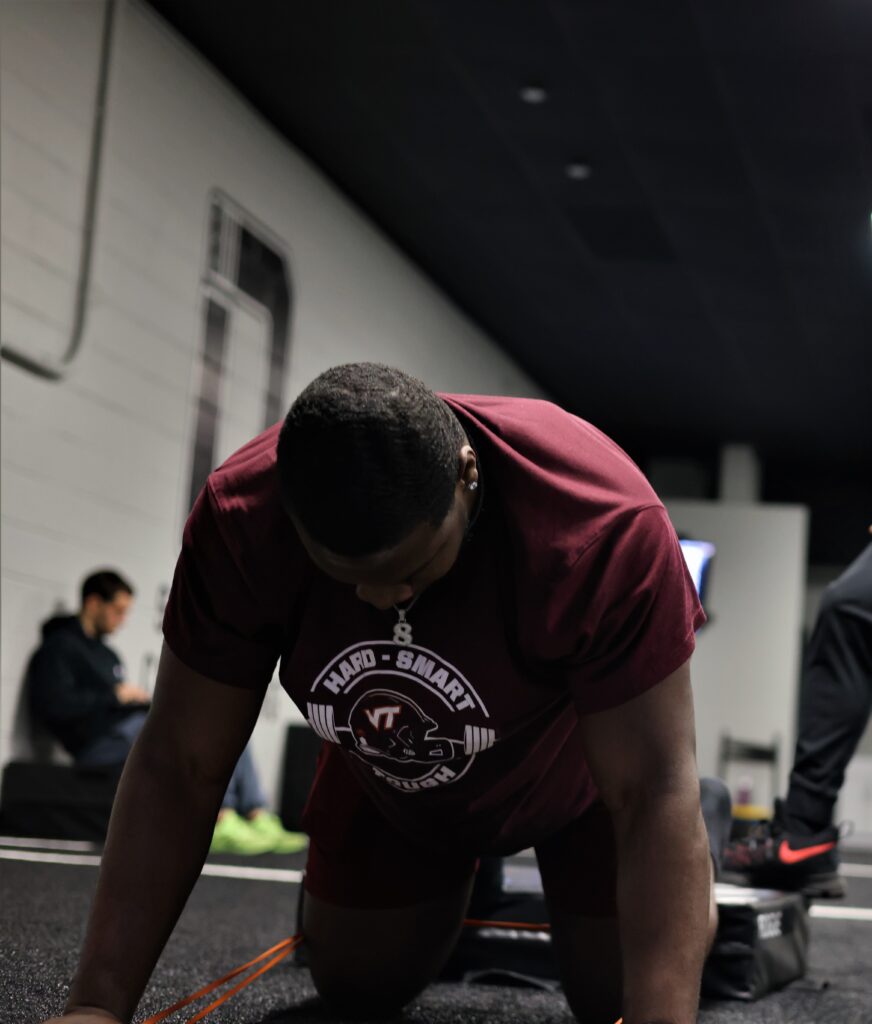
Post-Knee Injury Recovery
If you hit a roadblock with a knee injury, there are some things to do to help recover. Whether you’re a seasoned marathon runner or just a fitness enthusiast, these tips will help you get back on your feet and continue enjoying the activities you love.
1. Maintain Normal Walking
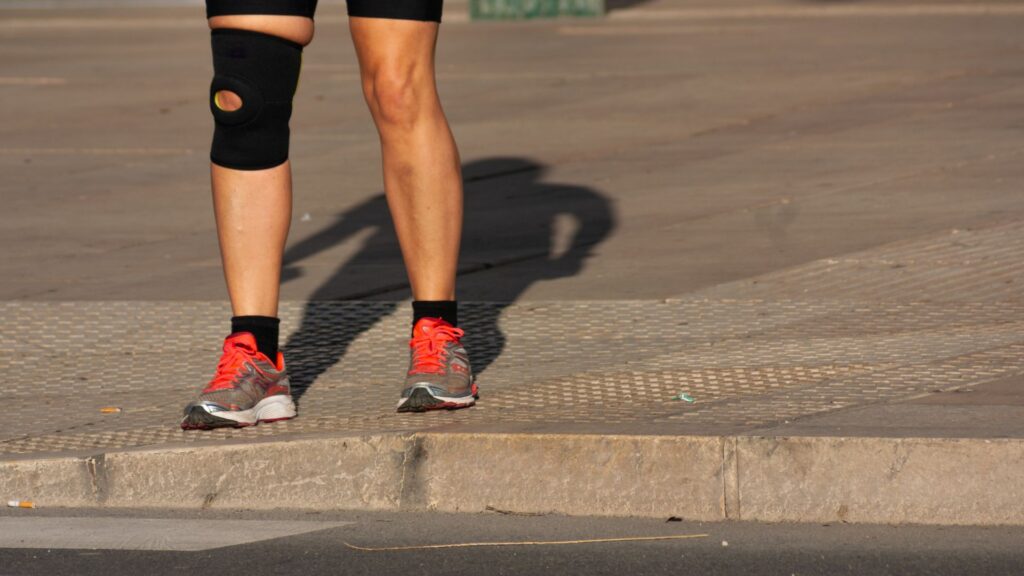
Don’t baby your injured knee. The more you can walk normally (with the assistance of a brace), the better. Avoid keeping your knee stiff all the time. Bend it as much as you can without causing pain. This will prevent your brain from memorizing a painful gait, which can make rehabilitation more challenging, especially after surgery.
2. Properly Align Your Knee Brace
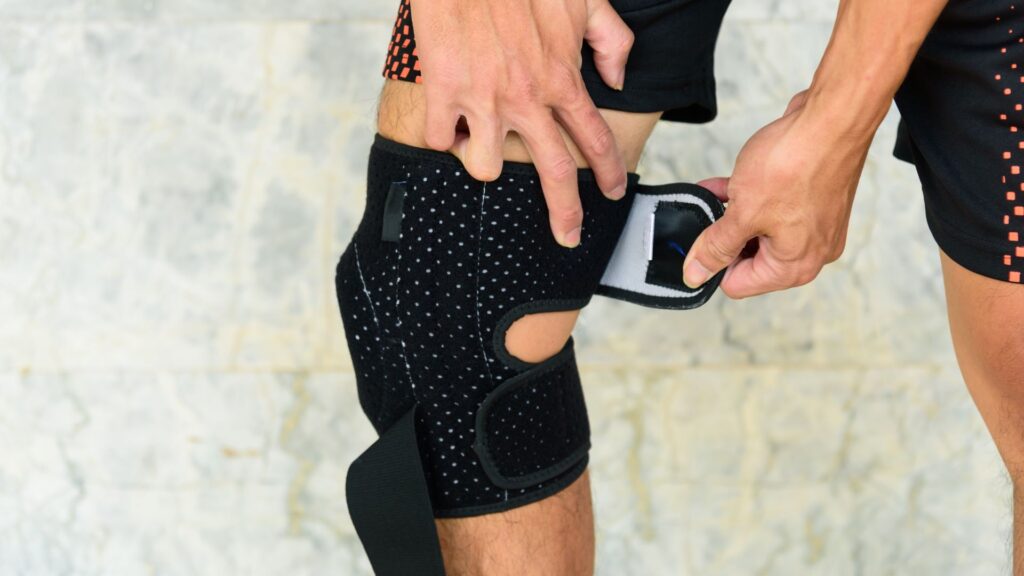
If you’ve injured your knee, chances are you’ll be using a knee brace. Ensuring it’s positioned correctly is vital. Here’s what you need to do:
- Make sure your knee brace is snugly fastened. The Velcro straps should be secure to prevent any slipping during movement.
- Ensure the brace is on the correct side. It sounds obvious, but you’d be surprised how many people accidentally switch sides.
Getting the alignment right will provide support and stability as you heal.
3. Ascending and Descending Stairs

Climbing stairs can be a daunting task after a knee injury, but it’s manageable if you follow these tips:
- When ascending, lead with the uninjured leg. Use the handrail for support and take one step at a time.
- Coming down is more challenging. If your right leg is injured, lead with your left leg and turn toward your preferred side for a more comfortable angle.
Marathon season is undoubtedly an exhilarating time for running enthusiasts. Yet, it’s also a period when many runners confront the fear of knee injuries. By faithfully incorporating these post-training stretches and recovery tips into your routine, you can fortify your knees and significantly enhance your prospects of triumphantly crossing the marathon finish line.
At Myokinetix we prioritize your long-term well-being and aid in both the recovery and prevention of knee injuries with our deep understanding of the challenges faced by marathon runners. We are dedicated to helping you cross the finish line injury-free and in peak form. Book a call with our team here to learn more about how we can help you!
